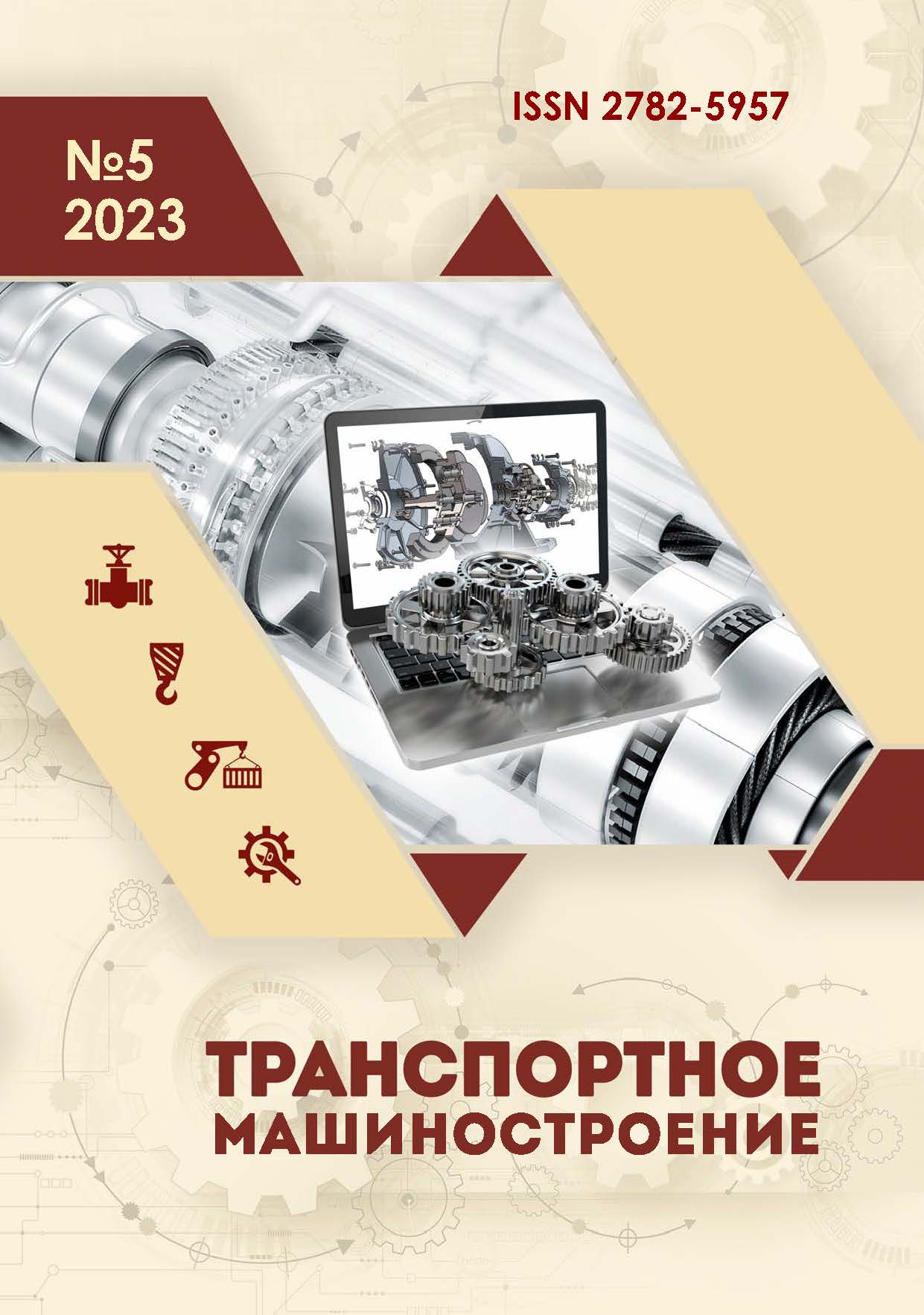Bryansk, Bryansk, Russian Federation
employee
Bryansk, Bryansk, Russian Federation
Bryansk, Bryansk, Russian Federation
Bryansk, Bryansk, Russian Federation
UDC 629.4.023.14
Russian Library and Bibliographic Classification 392
Domestic and international experience in increasing the bearing structure rigidity of vehicle bodies in the form of a reinforced shell with a cut-out is analyzed. Based on the analysis, approaches related to the reinforcement of the car underframe with additional longitudinal elements and bearing partitions are considered as promising. Options for installing one as well as with two partitions connected by longitudinal elements are considered. The first frequency of the body bending vibrations, the maximum stresses acting in the reinforced part of the structure, as well as the amount of mass gain associated with reinforcements are accepted as the criteria for choosing a rational design to increase the rigidity of the body bearing structure. The study object is the bearing structure of the sleeping passenger car body, 61-4517 model, produced by Tver Car Building Plant. Having analyzed the bearing structure of the car body, four variants of reinforcing the bearing system are proposed. For each of them, from four to ten structural designs are considered, differing in the type of profiles for their formation. The efficiency analysis within the accepted criteria is carried out by computer simulations using modern industrial software systems based on the finite element method. A detailed spatial and plate body model based on finite element is developed. Heavy equipment is included as some finite elements, as well as interior designs of the passenger car. The results obtained using the developed model are verified by the data of bench full-scale tests of the passenger car body. For each variant and design, the values of the first natural frequency of the body bending vibrations, maximum stresses arising in the structure under the action of regulatory forces, as well as the value of the mass gain of the bearing structure are obtained. The analysis of the obtained variants made it possible to find out the rational variant and its design, which provides an increase in the rigidity of the body bearing structure, a reduction in operating stresses with a minimal increase in the mass of the metal structure.
body, car, structure, rigity properties, frequency, vibrations, solutions
1. Astashev VK, Babitsky VI, Bykhovsky II, Vibrations in technology: handbook. Protection from vibration and shock. Moscow: Mashinostroenie; 1995.
2. Sun W, Zhou J, Gong D, You T. Analysis of modal frequency optimization of railway vehicle car body. Advances in Mechanical Engineering. 2016;8(4):1-12. doihttps://doi.org/10.1177/1687814016643640
3. Svetlov VI. Engineering solutions for the passenger car mechanics. Methods of justification. Moscow: Globus; 2002.
4. Jamadar AM, Kumbhar PD. Parametric study of castellated beam with circular and diamond shaped openings. International Research Journal of Engineering and Technology. 2015;2(2):715-722.
5. Kaveh A, Shokohi F. Cost optimization of castellated beams using charged system search algorithm. Transactions of Civil Engineering. 2014;38(1):235 - 249.
6. Gorokhova MV. Dynamic rigidity of plates with cutouts. Bulletin of the Volga State Academy of Water Transport. 2004;10:11-14.
7. Carlbom P. Carbody and Passengers in Rail Vehicle Dynamics [doctoral thesis]. [Stockholm (Sw)]:2000.
8. Goncharov PS, Artamonov IA, Khalitova TF, Denisikhin SV, Sotnik DE. NX advanced simulation: practical guide. Moscow: MDK Press; 2014.
9. Ashurkova SN, Kobishchanov VV, Kolchina EV. Methods of analysis of the impact of design features of bodies of passenger cars on their stiffness and strength characteristics. Procedia Engineering. 2017;206:1623-1628.
10. Ashurkova SN, Vysotsky AM. Justification of a finite element model for the study of the stress-strain state of the passenger car body. Proceedings of the IV All-Russian Scientific and Technical Conference of Graduate Students, Undergraduates and Young Scientists with International Participation, 2016: Young Scientists to Accelerating Scientific and Technological Progress in the XXI Century; Izhevsk: INNOVA; 2016.
11. Norms for calculating and designing new and modernized railcars of MPS gauge of 1520 mm (non-self-propelled). Moscow: GosNIIV. VNIIZhT; 1983







